I'm in the process of marking up an historical manuscript which has been translated from German into English. On the web page I will be providing both languages side by side. Is there an accepted way to markup such a scenario?
I was thinking of splitting the translation blocks using the section tag and providing each with a lang attribute. However semantically this fails at communicating that one section roughly equates to the other.
Any though开发者_如何转开发ts on this would be greatly appreciated.
Without an example of the data it's hard to say; but is there a reason that you couldn't section them together, and provide the languages within sibling blockquotes; these then carry the context correctly, and can be styled to appear side by side.
<section>
<blockquote lang="en">English</blockquote>
<blockquote lang="de">Deutsch</blockquote>
</section>
I think that table could be used here to relate the original text to its translation:
<table lang="en">
<tr>
<th>Original/English</th>
<th>Translation/German</th>
</tr>
<tr>
<td><blockquote>…</blockquote></td>
<td lang="de"><blockquote>…</blockquote></td>
</tr>
</table>
(assuming that both versions are actually quoted from a different source)
It would be possible to divide the original and the translation into sections or pages or paragraphs (or whatever), if useful, each represented by a separate row (tr).
See also my answer to a similar question.
Note that by using blockquote the headings of the manuscript (and the translation) are not part of the document outline.

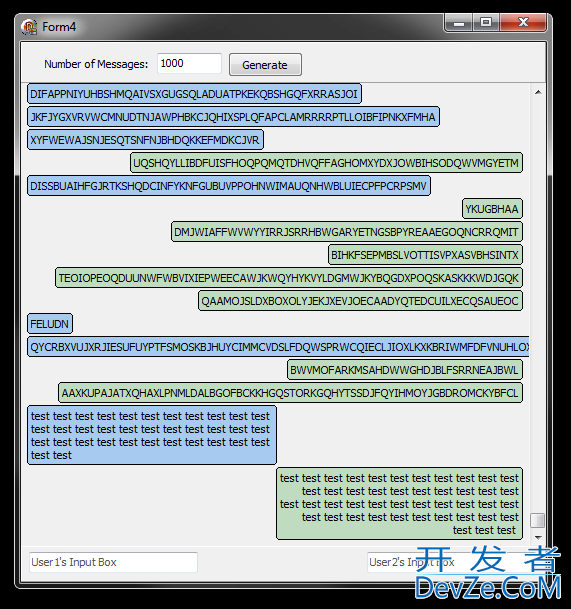
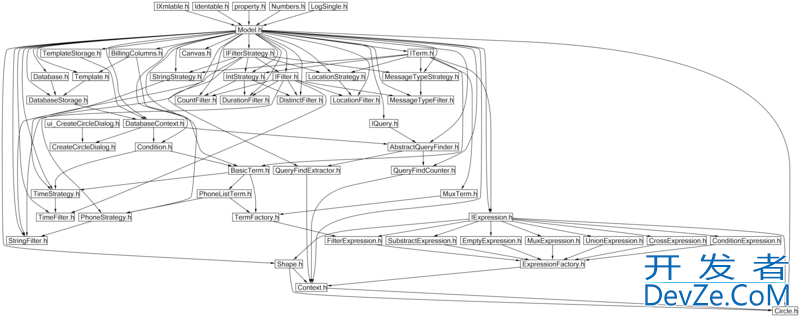
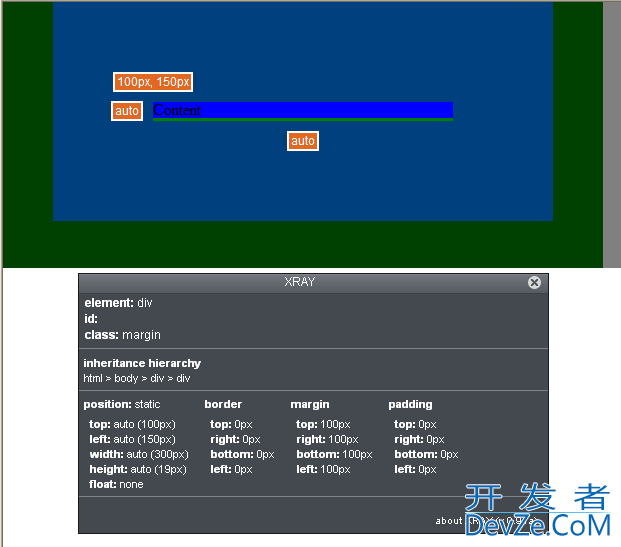

![Interactive visualization of a graph in python [closed]](https://www.devze.com/res/2023/04-10/09/92d32fe8c0d22fb96bd6f6e8b7d1f457.gif)
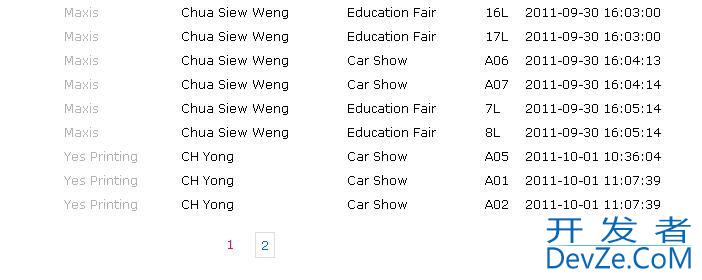
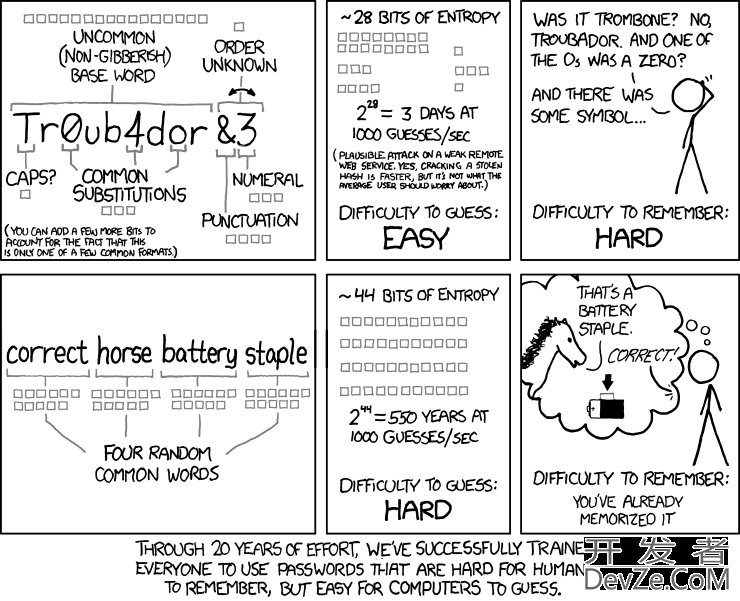

 加载中,请稍侯......
加载中,请稍侯......
精彩评论